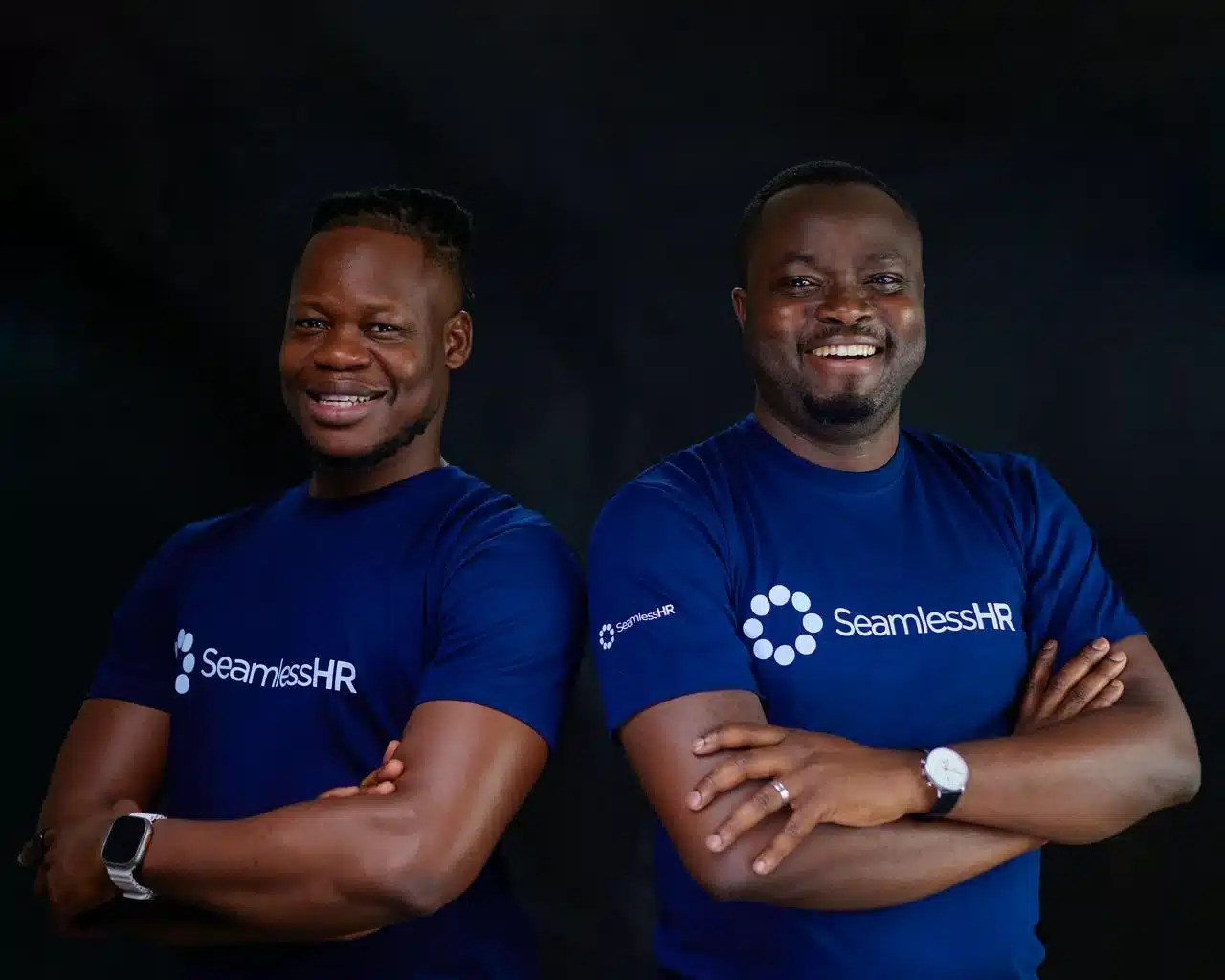These days, many organisations are changing how they operate by integrating digital technology into their organisational processes to increase efficiency. Of course, HR processes are not left out of this drive for digital transformation.
HR software has seen increased acceptance in many workplaces, as it automates recurring HR tasks that would take up time for the Human Resources department.
With the right HR software, the HR unit can save time, improve their productivity and efficiency, make information accessible to employees, manage employee information, eliminate data entry errors, and give themselves the room to pursue more strategic tasks.
Using HR software comes with many benefits, but buying a new HR software does not immediately mean the end to the problems faced by HR. One major factor will determine the success of the new HR tech solution – adoption of the new software by employees.
Most people are naturally suspicious of change, and many might not be tech-savvy, making it all the more likely that the knee-jerk reaction of employees to new software would be to continue using the systems and processes that existed before the software. This means that the software is not even allowed to solve the problem(s) it was brought to solve.
This resistance to change affects the organisation’s (especially the HR unit’s) efficiency, preventing the company from experiencing ROI on the software purchase.
Why Employee Engagement With HR Software can be a Challenge
63% of managers say that the pace of technology change in their organisation is too slow. Here are some reasons why employees may be resistant to the adoption of new HR software:
1. Natural resistance to change
From the perspective of your employees, adopting a new HR software means another change. Many will continue with the previous way of doing things, hoping that the call for change would die down and things would go back to how it’s been.
This resistance to change is expected, especially if the employees are not informed of the benefits of the software and its potential to make their work lives a lot easier.
2. A poor approach to onboarding
In driving the adoption of new software, a shoddy approach to onboarding leaves employees indifferent about how using the software can help them and ignorant about the potentially useful features in the software.
3. No follow-through
If your company already has a track record of trying out new tools and initiatives and then going cold on it, it’s perfectly understandable that employees would not feel committed to yet another drive for digital adoption.
Employees would see the initiative as another organisational fad that would soon pass, and so, not worth getting started with.
Perspectives That Will Support Employee Engagement With New Software
The success of a new HR software depends on the technology itself and why your organisation chose it.
Ask and answer the following questions before introducing a new HR software to the company, and before you start to deploy intiatives that will guide employee adoption.
1. What organisational benefit does the software provide?
Take time to analyse the overall benefit of the HR software to the organisation.
Be sure that the advantages outweigh the operational cost of running the software. This can help convince employees to adopt the new software.
2. What specific problem will it solve?
Convince employees that the new tool will help them to work better by highlighting exact actions that the software can perform.
If the usefulness of the software to the employee is not clearly communicated, the transition may not be successful.
3. What problems do employees consider more pressing?
This underscores the importance of employee feedback and appraisals. What are the roadblocks that hinder employee productivity? Find out and ensure that the new software solves these problems.
Ensuring that your tools meet employees’ needs is essential, so they can be motivated to use it.
4. What resources will be required for the successful adoption of this software?
It may be necessary to provide training and support resources for employees as they transition to the new software, so think about what resources will be needed and what format the training should be presented in.
How to Drive Employee Engagement With HR Software
1. Communicate benefits first
As your organisation starts to consider purchasing HR software, employees should be kept in the loop. The possible changes should be announced in advance, so employees can embrace the idea of change and be fully aware of the benefits the transition will bring.
In telling employees about the new software, it’s vital to communicate benefits first, getting employees excited about the opportunity to start to use the new HR software.
Encouraging questions in the process of communication will build trust and reduce resistance, allowing users to design procedures that will help them understand and use the new system better.
2. Choose an easy-to-use software
When choosing new technology, bear your team’s interests in mind. The new software should be intuitive and easy to navigate, even for the least tech-savvy employees. Complex software requiring long hours of training and a bulky user manual may discourage employees and stall its adoption.
SeamlessHRMS, for example, provides a user-friendly interface combined with modules that cover end-to-end HR processes.
3. Get ‘influencers’ on board
Didier Bonnet, co-author of Leading Digital and Global Practice Leader at Capgemini Consulting, says,
“Employees need to understand why [the new software] is an improvement from what they had before. The job of a manager is to help people cross the bridge — to get them comfortable with the technology, to get them using it, and to help them understand how it makes their lives better.”
Get your managers, top-performers and influential employees on board before introducing the new HR software to the general staff. Having a segment of your employees adopt the software helps because they will, in turn, champion the use of the software to their colleagues, supporting company-wide adoption.
4. Build a roll-out plan
There should be a roll-out plan to give your team the time required to properly adopt and utilise the new system. This should also include time for meetings and training sessions that introduce the team to the new guidelines, plans for communicating progress in the transition and receiving questions and feedback.
5. Provide training and support resources
As with anything new, employees should be taken through the features and functionalities of the software so they know enough to start to use it. This should ideally be done before the new software is implemented.
6. Follow up for feedback
A final step for successfully adopting new HR software (or software of any kind) is to evaluate its performance. This will give you an idea of what to do better, if workflows need to be changed, or any other settings that may need to be adjusted.
In doing this, be sure to encourage employee feedback, including criticisms of the new software and discussions around any challenges that crop up as they use it. Employees who feel their concerns are heard and respected will likely be happier and more engaged with the software, making them more likely to make helpful suggestions that support the adoption of the software, rather than complain and return to the old way of doing things.






